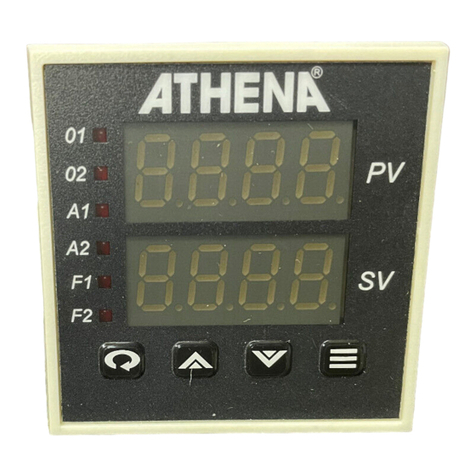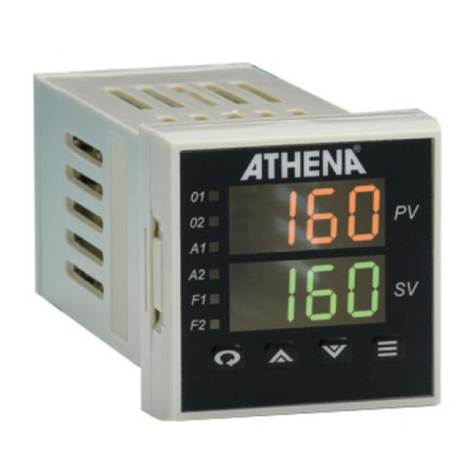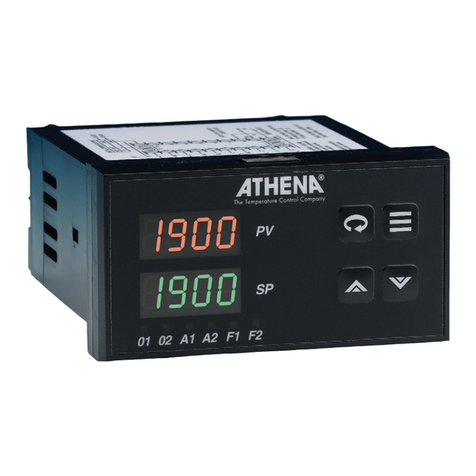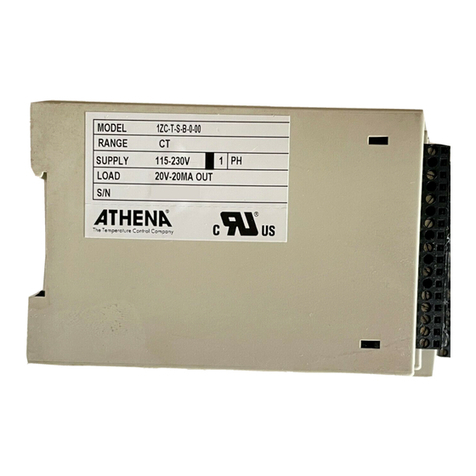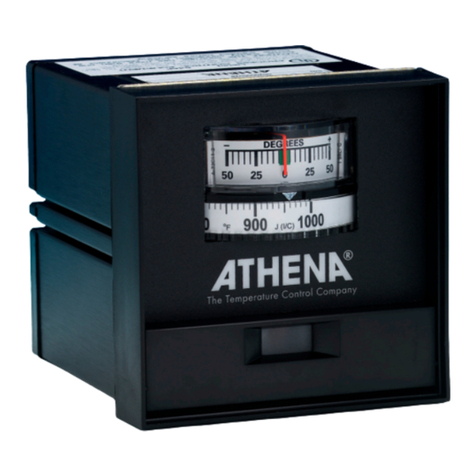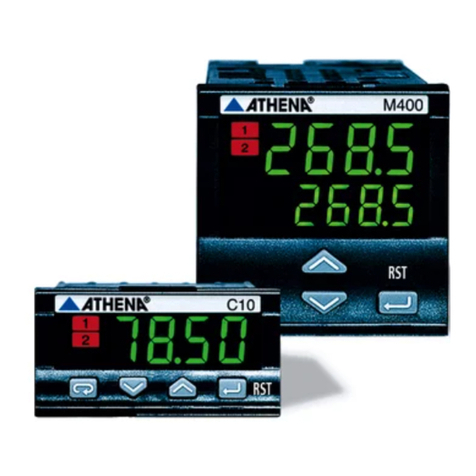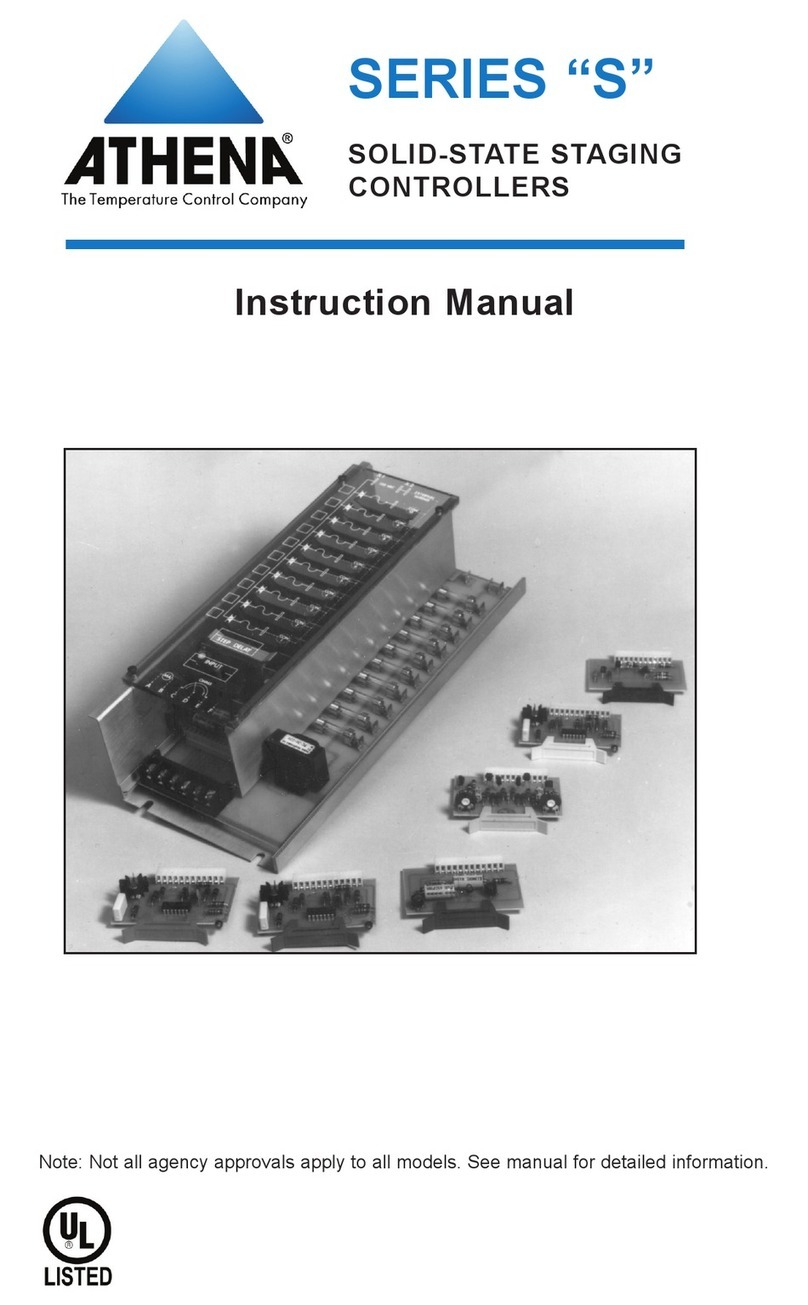Table of
Contents
For information and
instructions related to
basic operations, refer
to the Series C
operator’s manual
supplied with your
controller.
Options Wiring Diagrams
Dual Alarm Outputs (Options #10 and #22) 1
Dual Open Collector Alarms (Option #20) 2
Dual 24 Volt DC Alarm Outputs (Option #21) 3
Relay, N.O. Alarm Output (Option #23) 4
RS-232 Communications (Option #30) 5
RS-485 Communications (Option #31) 6
Contact/Digital Input with Alarm
(Options #40, #41, #42) 7
Transducer Excitation (Options #50, #51,
#52, #53) 8
Auxiliary Output (Options #60, #61, #62, #63) 9
Remote Analog Setpoint (Options #80, #81,
#82, #83, #84) 10
Guide to Digital Communications
Remote Communications Options 12
Athena+ Protocol 14
- Message Format 15
- Sample Commands 19
- Request Messages 21
- Response Messages 24
- Communications Parameter List 27
-AuxiliaryCommands 31
- Communications Error Codes 34
